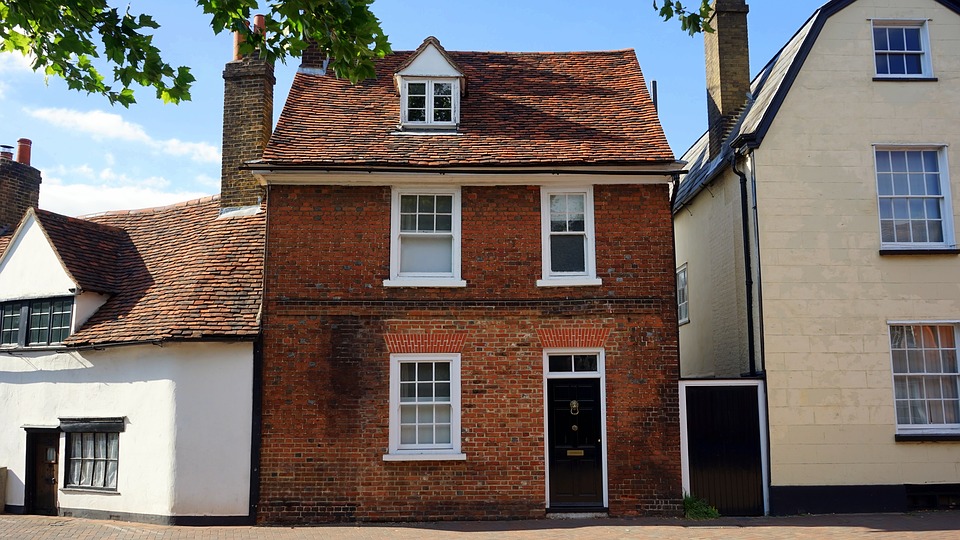The government needs to increase the support it extends to buy to let investors, according to Haart estate agents.
The government needs to begin supporting investors or it will see significant numbers of landlords exiting the buy to let market says Haart. This will lead to a sharp decline in rental property listings.
The call for further support comes amidst the government consultation for longer tenancies. Without greater incentives for buy to let landlords, many will not be prepared to offer longer tenancies. They will then leave the market. This will contribute towards the already-exiting supply and demand imbalance in the private rental sector that is beginning to push rental prices higher, adding more pressure on tenants.
Prospects for the sector without further incentives are looking worrying. The latest data from UK Finance found that gross mortgage lending rose by 7.6 per cent to £24.6 billion in July 2018 year on year. This was ahead of this month’s base rate rise.
However, activity in the buy to let sector did not grow. This is likely due to increasingly punitive tax measures levied by the government, such as reducing mortgage interest relief to the basic rate of income tax and adding a 3 per cent stamp duty surcharge to the purchase of additional homes.
12 per cent fewer landlords are purchasing properties in comparison to the same time last year.
CEO of Haart estate agents, Paul Smith, commented: ‘Mortgage lending jumped a huge 8 per cent on the year in July as existing homeowners sought to seal themselves into a lower rate ahead of the Bank of England’s interest rate hike. The buy to let sector is a fundamental part of the UK property market, and with fewer landlords, we are seeing rents rise. The government must stop penalising those who are willing to invest in the rental market and stop its needless crackdown on the sector.’
Source: Residential Landlord









